American Museum of Natural History is set to WALL OFF Native relics exhibit halls over new rules requiring tribes to give permission for displays: Indigenous leader slams bosses for not trying to ‘reconcile’
The American Museum of Natural History in New York plans to fence off its former Native American relic exhibit halls after announcing its closure under a new federal law.
The museum, which draws 4.5 million visitors a year, will close exhibits dedicated to the Eastern Woodlands and Great Plains tribes this weekend to comply with new federal regulations that require permission from native tribes to display their cultural objects and artifacts set.
The Biden administration introduced the new regulations under the Native American Graves Protection and Repatriation Act (NAGPRA) to expedite the process of repatriating Native American remains, burial objects and other sacred objects.
To obscure two of its major exhibitions, the museum has placed paper sheets throughout its windows and plans to cordon off the space, according to the New York Post.
A sign has also been placed near the exhibits that read: “The artifacts in this case have been removed from view because the museum does not have permission to exhibit them.”
The museum has now placed paper sheets over the displays of the Native American relics and a wall will be placed at the entrance to limit the crowd
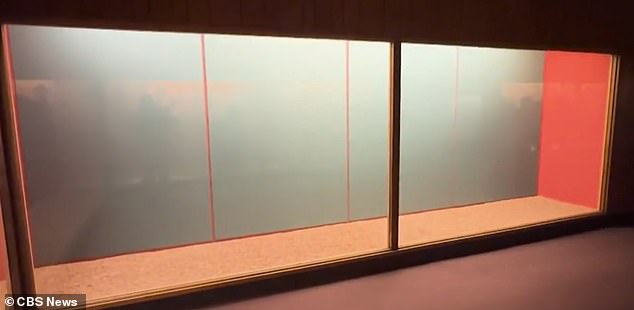
The museum, which attracts 4.5 million visitors annually, will close exhibits dedicated to the Eastern Woodlands and Great Plains tribes this weekend
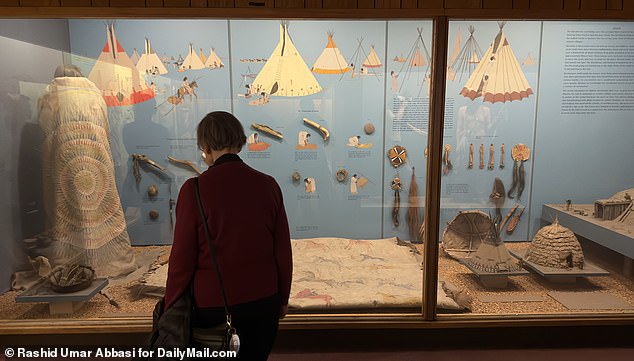
Due to the closures, almost 10,000 square meters of exhibition space is no longer accessible to visitors
The museum plans to cover several other display cases of Native American cultural artifacts as it reviews its large catalog to assess what complies with new federal rules, which took effect earlier this month.
After the announcement, a tribal leader said the closure could have been avoided if the agency had tried to “reconcile and work with tribes.”
Sunshine Bear-Thomas, the tribal historic preservation officer for the Winnebago Tribe of Nebraska, told the Post, “These major institutions closing so much square footage could have taken preemptive steps to try to reconcile and work with tribes — and there was a change in NAGPRA regulations to remove them.
“It should always be up to the tribe what they want to do as sovereign nations.”
Thomas added that she didn’t know if there were any Winnebago artifacts in the museum and wanted to “take our stuff home with us,” wherever they may be.
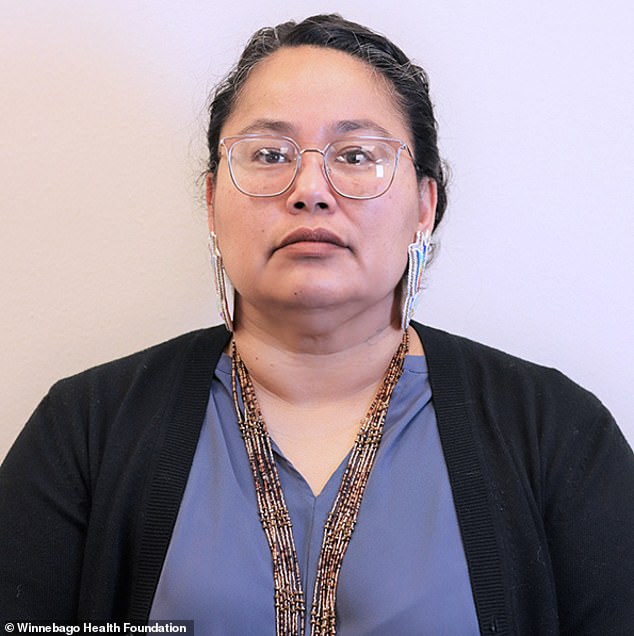
After the announcement, a tribal leader said the closure could have been avoided if the agency had tried to “reconcile and work with tribes.”
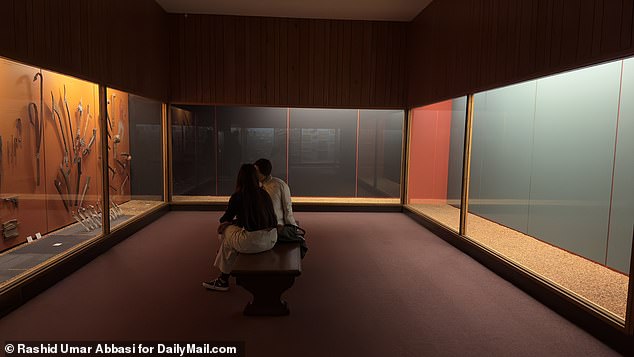
Exhibition positions were first removed from designated settings when new federal rules were announced
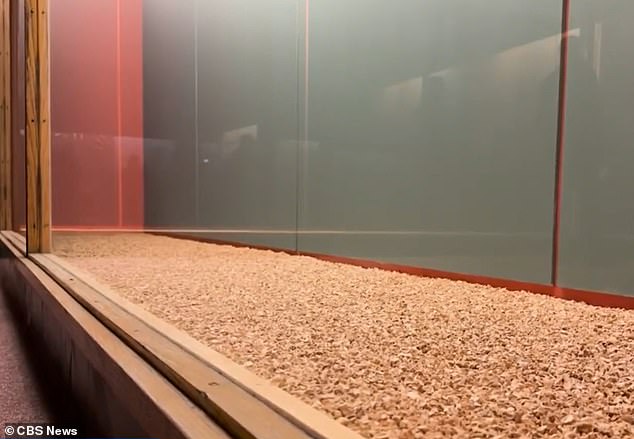
Thomas added that she did not know if there were any Winnebago artifacts in the museum and wanted to “bring our items home,” wherever they may be.
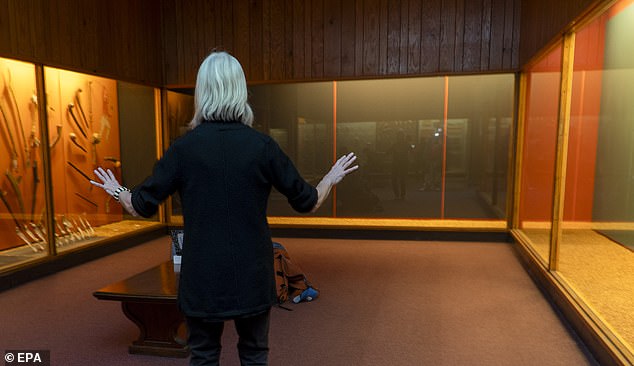
The museum plans to cover several other display cases of Native American cultural artifacts as it reviews its large catalog to assess what complies with new federal rules, which took effect earlier this month.
Parts of the collection once used to teach students about the Iroquois, Mohegans, Cheyenne, Arapaho and other groups will now also be temporarily inaccessible.
Due to the closures, almost 10,000 square meters of exhibition space is no longer accessible to visitors.
The museum has repatriated the remains of approximately 1,000 individuals to tribal groups over the past thirty years, but still preserves the remains of approximately 2,200 Native Americans and thousands of burial objects.
“The galleries we are closing are artifacts from an era when museums like ours failed to respect the values, perspectives and even shared humanity of Indigenous peoples,” Sean Decatur, president of the museum, wrote in a letter to museum staff Friday morning . .
“Actions that may seem sudden to some may seem long overdue to others,” he explained.
The process began with the passage of NAGPRA in 1990, during the presidency of George HW Bush, but progress stalled for decades, leading to heavy criticism from tribal representatives.
The government has now given institutions until 2029 to prepare human remains and their burial belongings for repatriation.
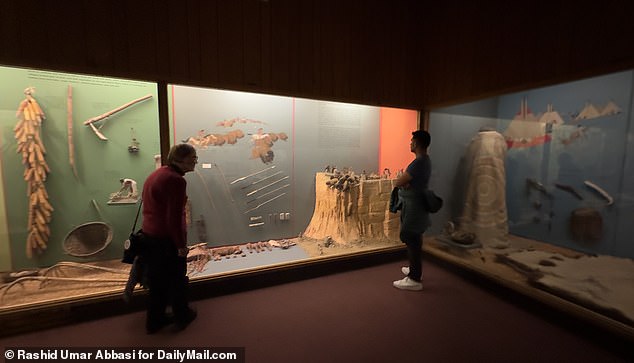
Parts of the collection once used to teach students about the Iroquois, Mohegans, Cheyenne, Arapaho and other groups will also be temporarily inaccessible
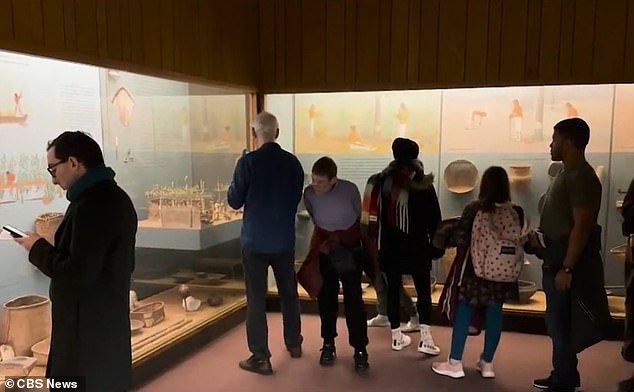
The government has now given institutions until 2029 to prepare human remains and their burial belongings for repatriation
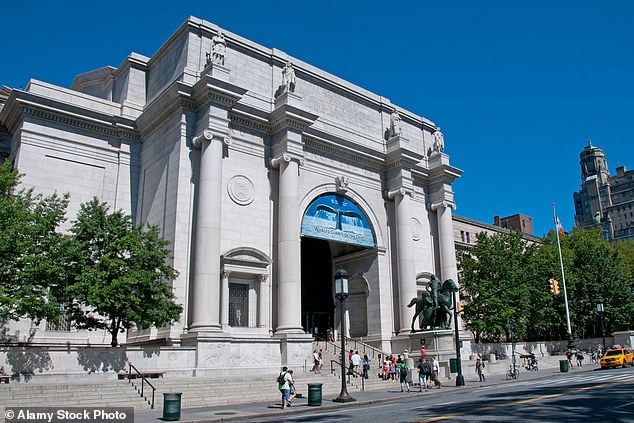
The Biden administration has introduced the new regulations under the Native American Graves Protection and Repatriation Act (NAGPRA) to expedite the process of repatriating Native American remains, burial objects and other sacred objects
The American Museum of Natural History has made progress in recent years in confronting its relationship with various ethnic groups and the way they are represented.
In 2020, the bronze statue of Theodore Roosevelt was removed from the pedestal outside the museum’s facade.
The statue showed the former president on horseback and flanked by a Native American man and an African man.
Activists have long drawn attention to the monument’s symbolism of colonial expansion and racial discrimination since its creation in 1940.
In the wake of racial justice protests following the 2020 killing of George Floyd, the statue was eventually removed.
